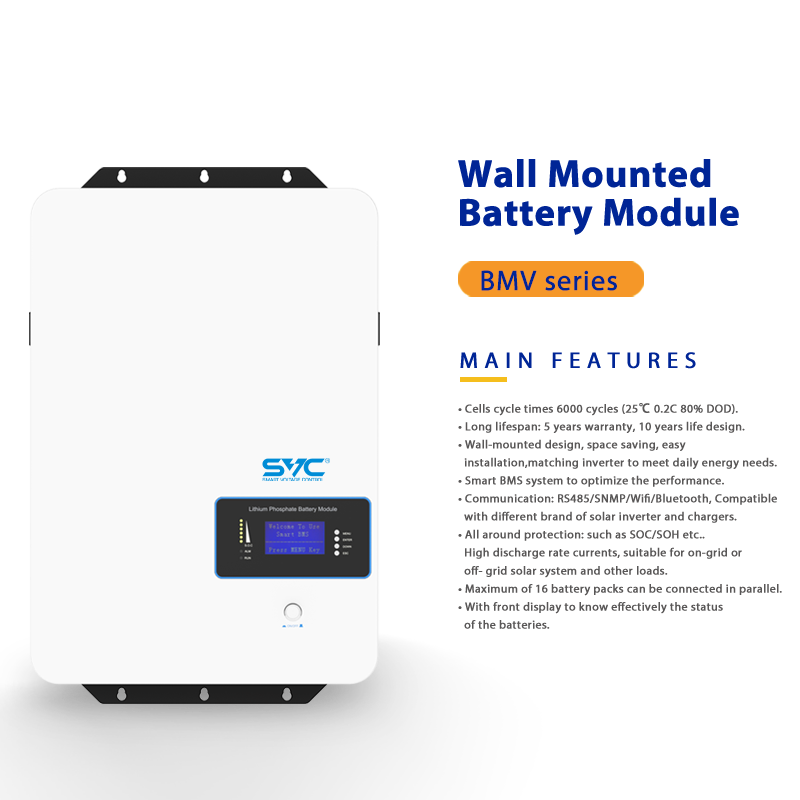
ESS Energy Storage: Powering a Sustainable Future for Homes and Businesses
2023-06-20 00:00
According to Distributed Control Methods and Cyber Security Issues in Microgrids 2020, an energy storage system (ESS) is a device that converts electrical energy from the electrical system into a form that can be stored so that it can be converted back to electrical energy when required. You may want to get to the heart of an energy storage system and how it works.
Some long-lived energy storage systems have stood the test of time, based on available technologies, recent investments, and market traction. You'll also soon be able to learn more about five of the most promising energy storage system solutions and the accompanying implications.
Why do we need energy storage systems?
In short, energy storage saves electricity for later use. It plays an important role in this balancing act, helping to create a more flexible and reliable grid system for all to use. Improved energy storage technologies offer many economic and environmental benefits.
Benefits of energy storage systems include:
Improved grid efficiency
Improved and reliable power supply
Save overall cost
When supply exceeds demand, such as when low-cost power plants continue to operate at night, the excess generation can be used to power energy storage devices.
Energy storage is key to a reliable and clean supply of electricity. Never have to touch or take the form of AA batteries again. In fact, it may soon play a larger role in the grid, which could also help increase renewable energy generation. While wind power and solar power are great options, they are fairly unreliable. The development of new technologies promises to store large amounts of electricity anywhere on the grid and across the country.
Another reason we need energy storage is its ability to increase the use of renewable energy generation. Other benefits include a more secure grid, reduced carbon dioxide emissions, new job creation, and better for the economy.
1. Flow battery
2. Pumped-storage hydropower
3. Compressed air energy storage
4. Flywheel energy storage
5. Battery energy storage system
This energy storage system uses a high-efficiency lithium-ion rechargeable battery platform. PV (photovoltaic) modules generate direct current (DC), and batteries also store electricity in DC. Homes use alternating current (AC). DC power must be converted to AC power, and an inverter does this conversion. Electricity from the roof goes through an inverter and is converted to AC. If sent to a conventional battery, it is converted back to DC.
While renewable energy is ubiquitous, supply reliability is limited. However, energy storage systems (ESS) with SVCPOWER will make smart grids highly reliable, affordable, and more widespread in the future. High performance power specialist SVCPOWER has recently entered the energy storage system market with the BMV and PBM series of portable home batteries.
Proven ideal for residential and industrial applications, RPS Series one-stop solutions are suitable for smart cities, commercial and industrial, remote communities and island utilities. Whether it's smart grids, microgrids, decentralized generation or renewable energy integration, our specialist battery options cover all energy storage needs.
Our products and methods generate clean, reliable electricity through renewable energy storage and management solutions to create better energy.
Get the latest price? We'll respond as soon as possible(within 12 hours)













